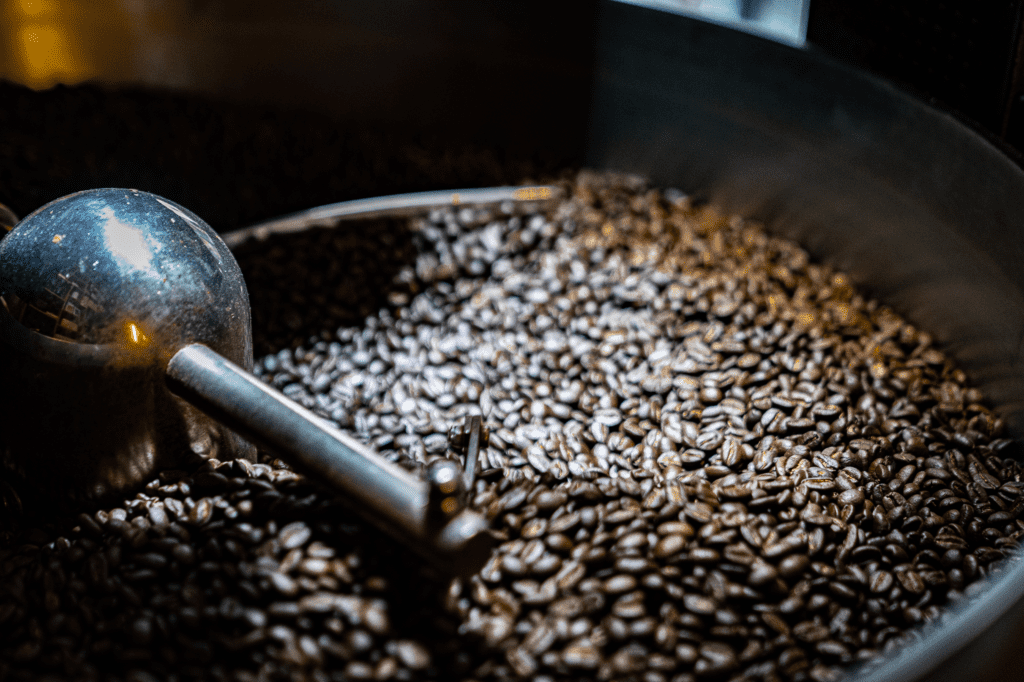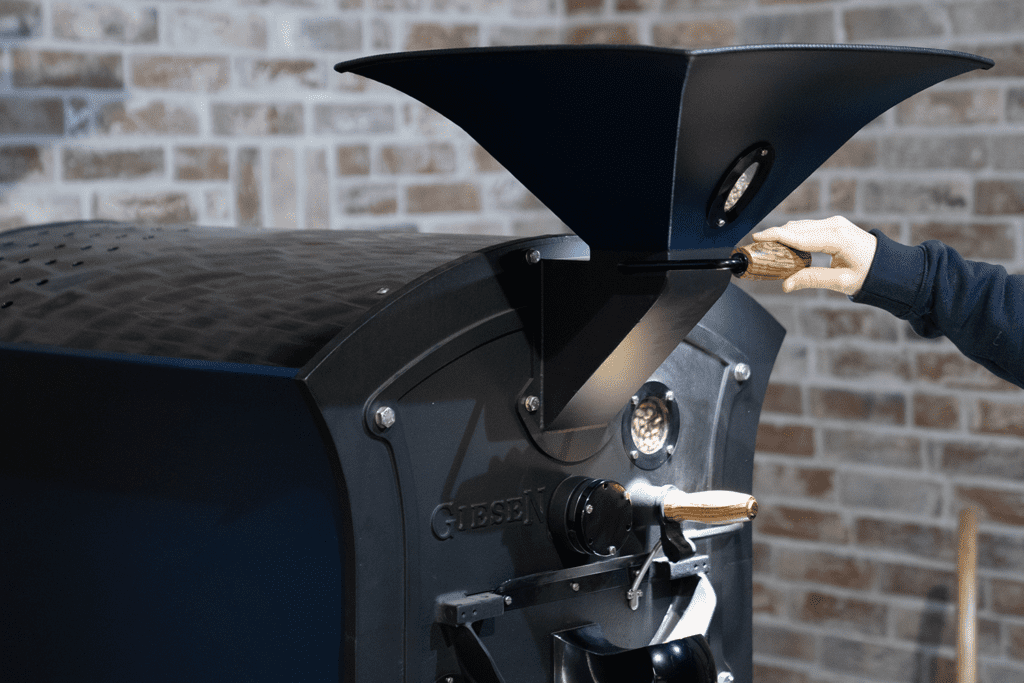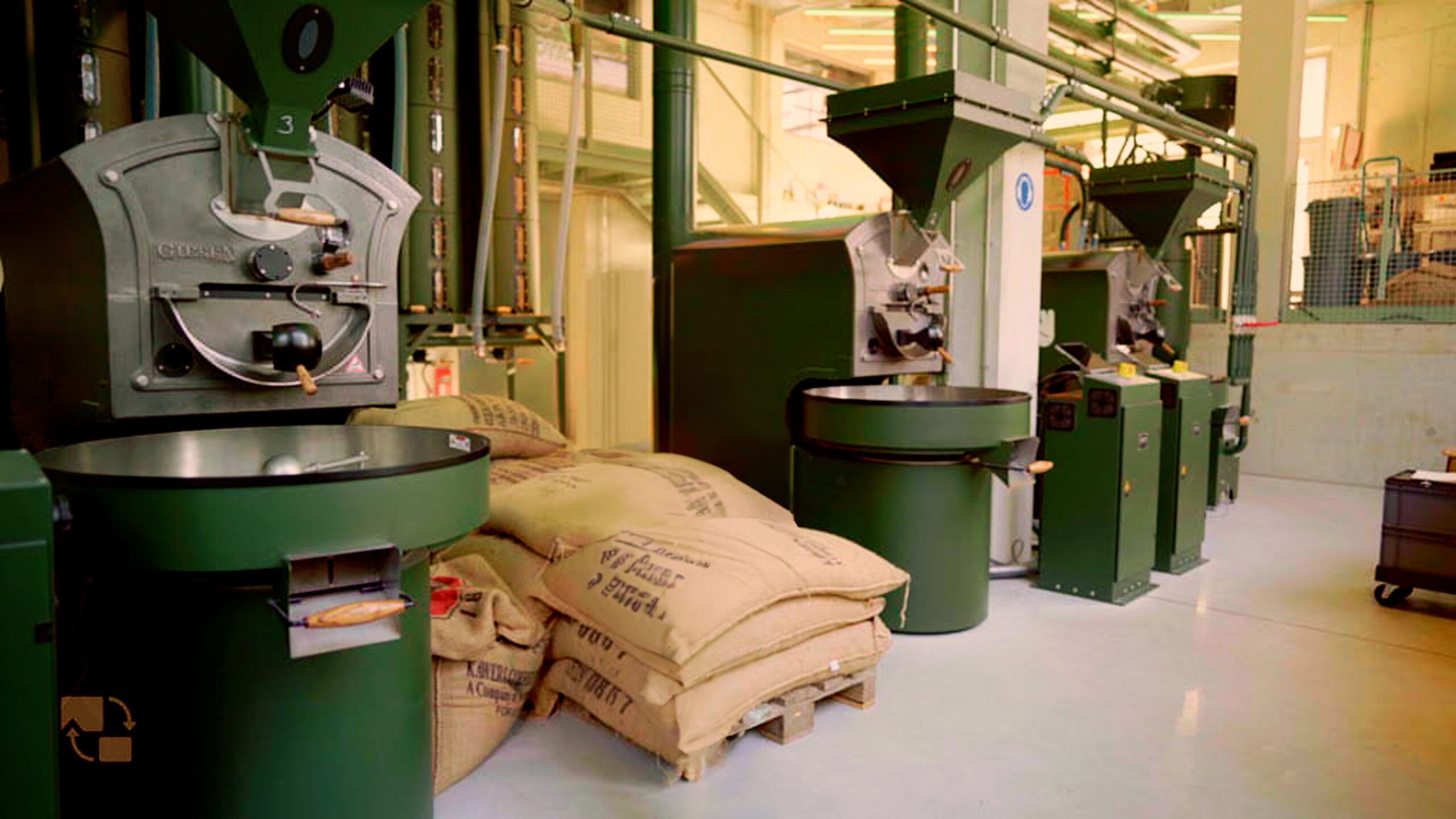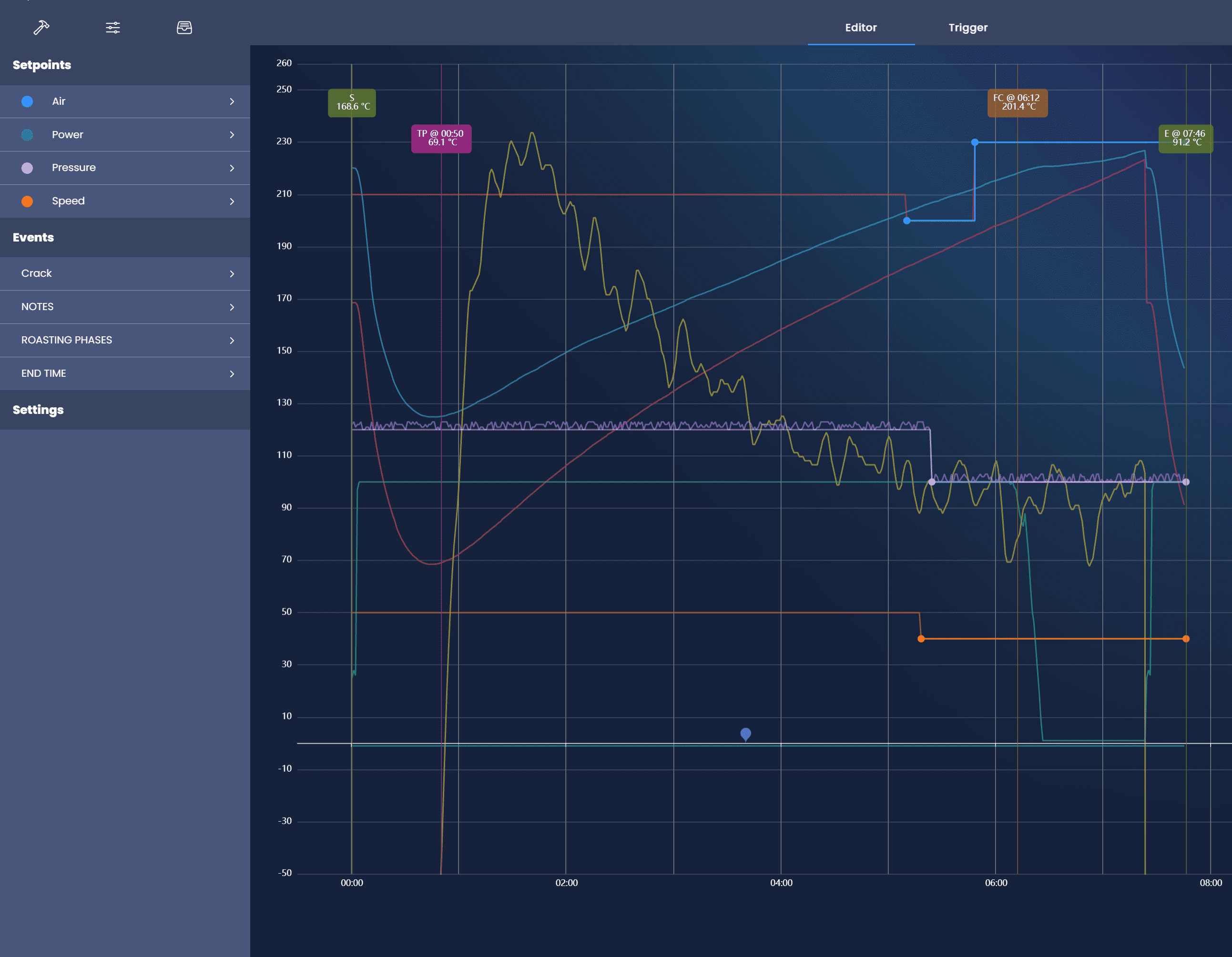Many years ago, I enjoyed the opportunity to meet the legendary godfather of specialty coffee, Alfred Peet, who by that time had already made quite a name for himself as a contemporary coffee guru.
We sat down in the serene environment of the coffee laboratory where I was working. I explained to Mr. Peet my vision of organizing workshops for specialty coffee professionals and I inquired about his interest to collaborate with us as a teacher. His reply was somewhat awkward; instead of acknowledging his interest or his enthusiasm to be part of my initiative, he asked a ton of questions. The discussion made me feel a bit uncomfortable. I guess that Mr. Peet sensed my apprehension and then he stood up and walked towards the shiny sample roaster and he proposed that we would roast and taste some coffee samples together.
While I preheated the machine, I inspected the Guatemalan Antigua green coffee beans which Mr. Peet had pulled from his leather bag. The coffee was from an estate called San Sebastian and I noticed the dense structure of the relatively small coffee beans, which had a bluish-green appearance. We preheated the sample roaster and then Mr. Peet took control of the machine. He loaded the coffee into the rotating drum and I heard the melody of coffee beans being heated and how they tumbled inside the rotating cylinder, a highly familiar and comforting sound because of the countless hours I had been roasting samples back in Holland.
Mr. Peet roasting
Using a small spoon Mr. Peet took control of the process by continually inspecting and smelling the beans being roasted. I noticed how the process completely absorbed his attention. A light plume of smoke started protruding from the barrel and I smelled a delicate aroma of flowers mixed with the scent of coffee and freshly cut grass. The first crack was approaching; this is the stage where the coffee beans expand rapidly due to increasing heat. My dad had always taught me to carefully pay attention during this crucial phase. To my surprise, Mr. Peet seemed quite stoic in the way he allowed the first crack to accelerate. The smoke intensified and now I smelt dark chocolate mixed with burning wood. It seemed like the coffee was being pushed into the second crack and Mr. Peet didn’t make any attempt to slow down the process. I felt somewhat unsettled by the entire scene; in all my years practicing coffee roasting as an apprentice I had never roasted my samples this dark. Maybe occasionally by accident but never on purpose.
A different approach
While I heard the staccato sound of the second crack, Mr. Peet still appeared quite unfazed and I think that’s when I completely lost it. I just couldn’t control myself. “You are burning these beans”, I shouted at the top of my lungs. Mr. Peet looked at me slightly unsettled and he didn’t make any impression whatsoever to take my frantic remarks seriously. He quietly allowed the beans to roast a bit further until the first oils started coming out and then in one fluid motion he released the beans into the cooling tray. Now he took a couple of steaming hot beans and popped them into his mouth and started chewing them gently. It was actually remarkable how discernible coffee flavors can be by tasting the beans this way. “Check out the aftertaste of this Guatemala”. Mr. Peet smiled gently while I chewed the crunchy, dark roasted beans. First I tasted the pungent bittersweet flavors and then a remarkable floral, perfumy aftertaste appeared, exactly as Mr. Peet had suggested.
Read about the life and legacy of Alfred Peet in the highly interesting biography “The Coffee Visionary” written by Jasper Houtman. Interested to learn more about roasting strategies to create successful dark roasts? Check out the Giesen webinar “Roasting Dark, Not Burnt” on Friday, September 24th.
Willem Boot
Willem Boot is a roasting consultant and trainer and founder of Boot Coffee Campus in San Rafael, California. He is also one of the Giesen Ambassadors. Visit www.bootcoffee.com.





